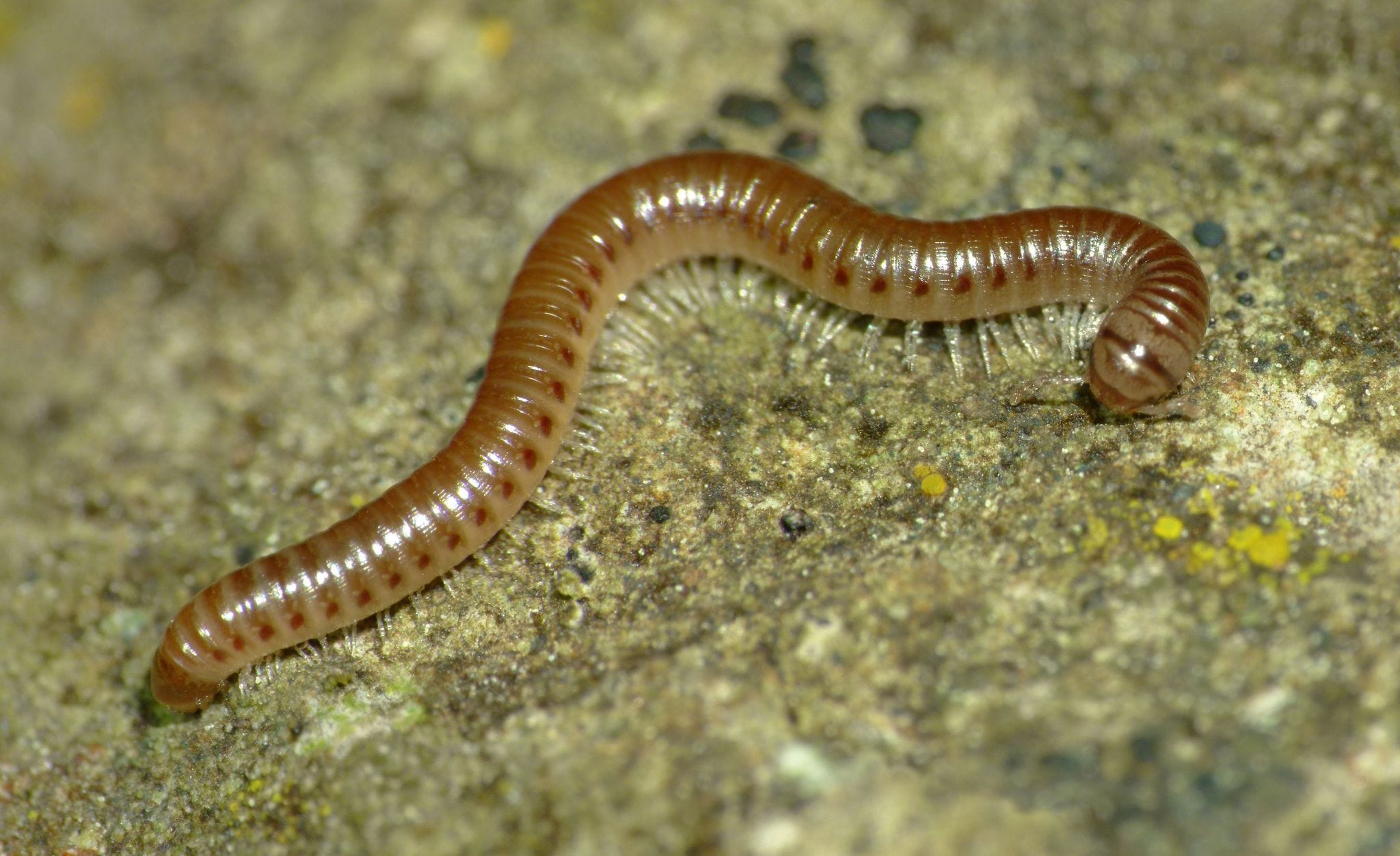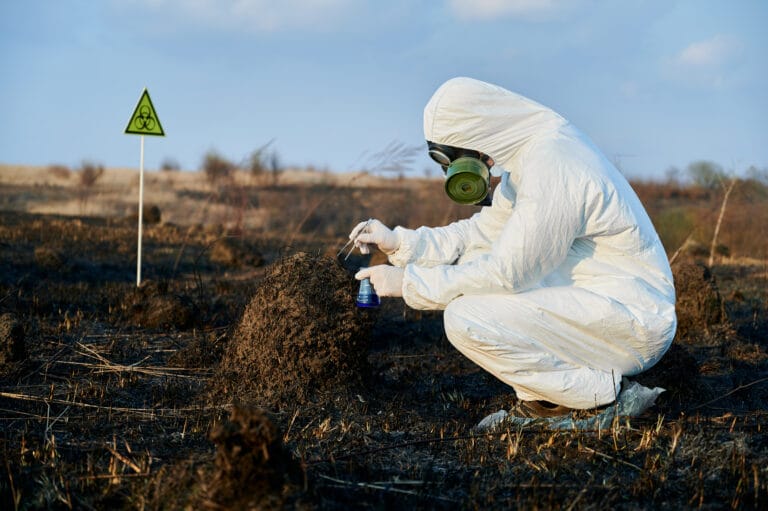
Controlling Millipede Pests with Pesticides: Effective, But Is It Safe?

Millipedes are known as one of the soil-dwelling arthropods commonly found in moist environments, especially during the rainy season. Although most species are harmless, certain types of millipedes can become pests by damaging young plants or seeds. Recently, the use of pesticides to control millipede populations has become increasingly popular due to its perceived speed and effectiveness.
However, pesticide use is not always the best solution, especially if its environmental impacts are overlooked. Therefore, it is important to reassess whether this approach is truly safe and sustainable.
Damages Caused by Millipede Pests
Millipedes are not classified as insects, but rather belong to another group within the phylum Arthropoda. Most millipedes are detritivores, meaning they feed on dead organic matter and play an important role in natural decomposition processes. They help break down fallen leaves and other organic debris, thereby accelerating the formation of humus.
However, certain species are also known to feed directly on living plants in the field, making them agricultural pests. In fact, they can infest storage areas containing tubers or vegetables. Millipedes have been identified as pests on various agricultural crops such as sugar beets, potatoes, corn, strawberries, carrots, and even coffee, as some species consume living plant parts.
They may attack stems, roots, and young plants. Additionally, the presence of millipedes in residential areas (synanthropic species) during population outbreaks can be a nuisance and may even pose health risks, as they are potentially capable of transmitting pathogenic bacteria such as Klebsiella pneumoniae and Citrobacter freundii to humans. Millipedes are usually found outdoors, especially in moist places such as under rotting wood, piles of leaves, or near house foundation walls.
However, under certain conditions, particularly after very wet weather, millipedes may migrate in large numbers from the soil and enter homes through cracks or openings. Inside the house, they often appear in damp areas such as basements, garages, or near patio doors, and their presence can become a significant nuisance to residents. Although their presence indoors is usually temporary, these invasions can last for several weeks until the weather becomes cooler.
Controlling Millipede Pests with Pesticides
Various types of pesticides have been tested to control millipede infestations, particularly species like Spinotarsus and Poratophilus, which can damage crops. Several active ingredients such as Aldrin, Dieldrin, Lindane, Parathion (Folidol-E605), and Trithion have been proven effective in killing millipedes either through direct contact or toxic bait systems. However, despite their potency, the use of these pesticides has now been banned or strictly regulated in many countries due to their serious side effects on humans, animals, and the environment.
Compounds like Aldrin and Dieldrin, for example, are persistent in the environment and can bioaccumulate in the food chain, leading to global bans through the Stockholm Convention. Similarly, Parathion and Lindane have been identified as carcinogenic and neurotoxic. As safer alternatives, low-toxicity pesticides such as boric acid and diatomaceous earth are now available, which are suitable for use in household settings and organic farming.
In addition, modern pesticides containing pyrethroid-based active ingredients like permethrin, deltamethrin, lambda-cyhalothrin, and cyfluthrin are also fairly effective and permitted as long as they are used according to the product label. The use of pesticides for controlling millipede pests should ideally be preceded by toxicity tests to assess their risk to humans, pets, and non-target organisms. Efficacy tests are also necessary to determine how effective the pesticide is in killing or suppressing millipede populations under real-life conditions.
Applications are generally carried out around the home, especially in floor cracks, along foundation edges, and in moist areas where millipedes are commonly found. However, it is important to remember that pesticides are not a long-term solution. Without habitat improvements, such as reducing moisture, sealing entry points, and clearing organic debris, millipedes can return at any time.
Therefore, the best approach is a combination of responsible pesticide use and comprehensive environmental management. Before marketing your pesticide, ensure the product has undergone toxicity and efficacy tests that meet distribution permit standards. Pesticide toxicity and efficacy tests must be conducted in a reputable laboratory, with a research team experienced in pesticide product testing.
One laboratory accredited by the Ministry of Agriculture is IML Research. Conduct toxicity tests to ensure they pose no risk to humans or the environment, and efficacy tests to ensure optimal dosage and application. Consult with IML Research's team of experts for comprehensive, accurate, and reliable pesticide testing results.
References:
Fiedler, O.G.H. (1965). Notes on the Susceptibillity of Millipedes (Diplopoda) to Insecticides. Journal Ent. Soc. S. Africa, 27(2), 219-225.
Kania, G., & Klapec, T. (2012). Seasonal Activity of Millipedes (Diplopoda) – Their Economic and Medical Significance. Annals of Agricultural and Environmental Medicine, 19(4), 646-650.
Klass, C., & Raffensperger, E.M. (2009). Millipedes, Sowbugs, Pillbugs, and Centipedes: In and Around the Home. Insect Diagnostic Laboratory, 1-3.



